Davids and Goliaths
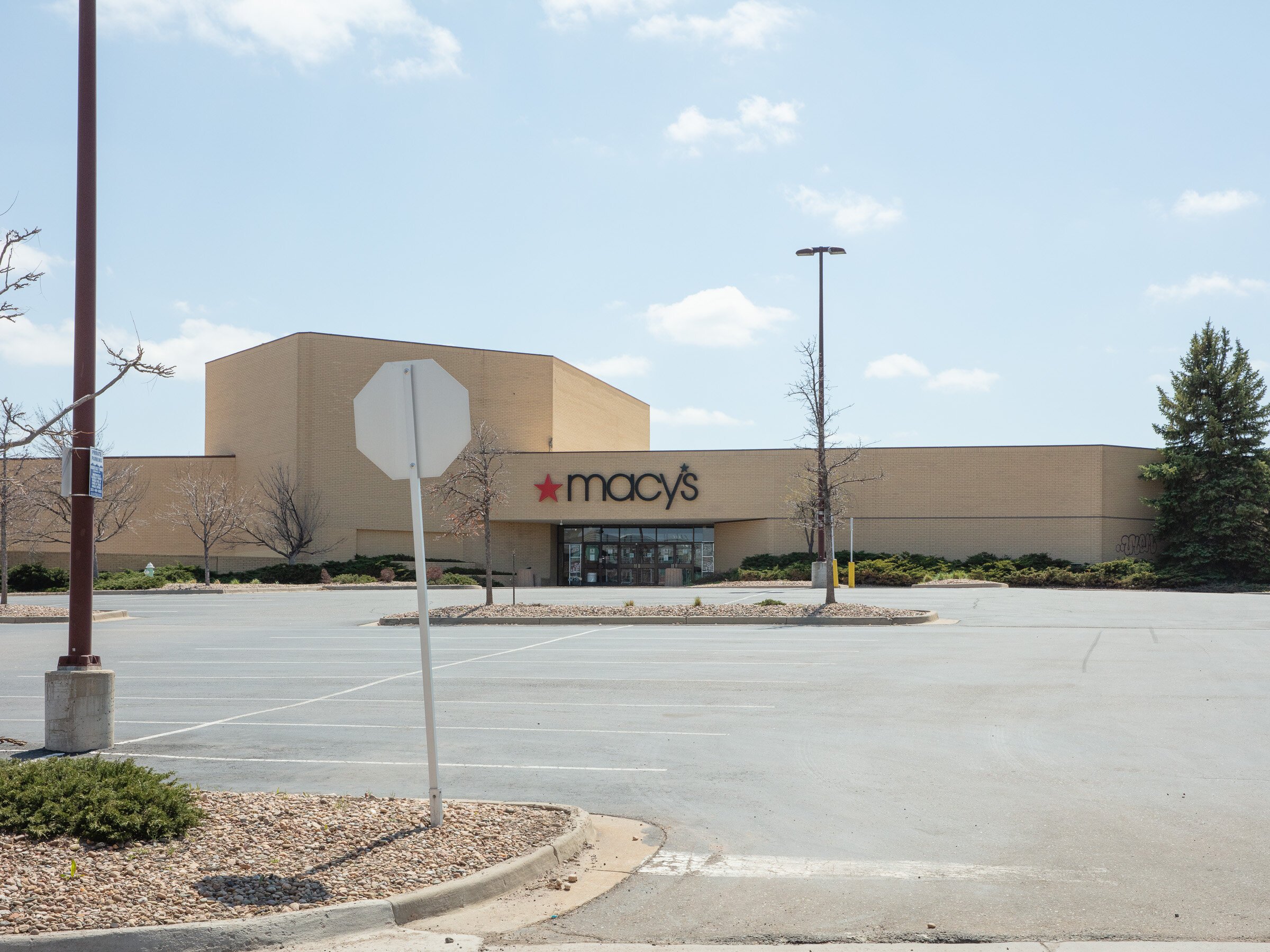
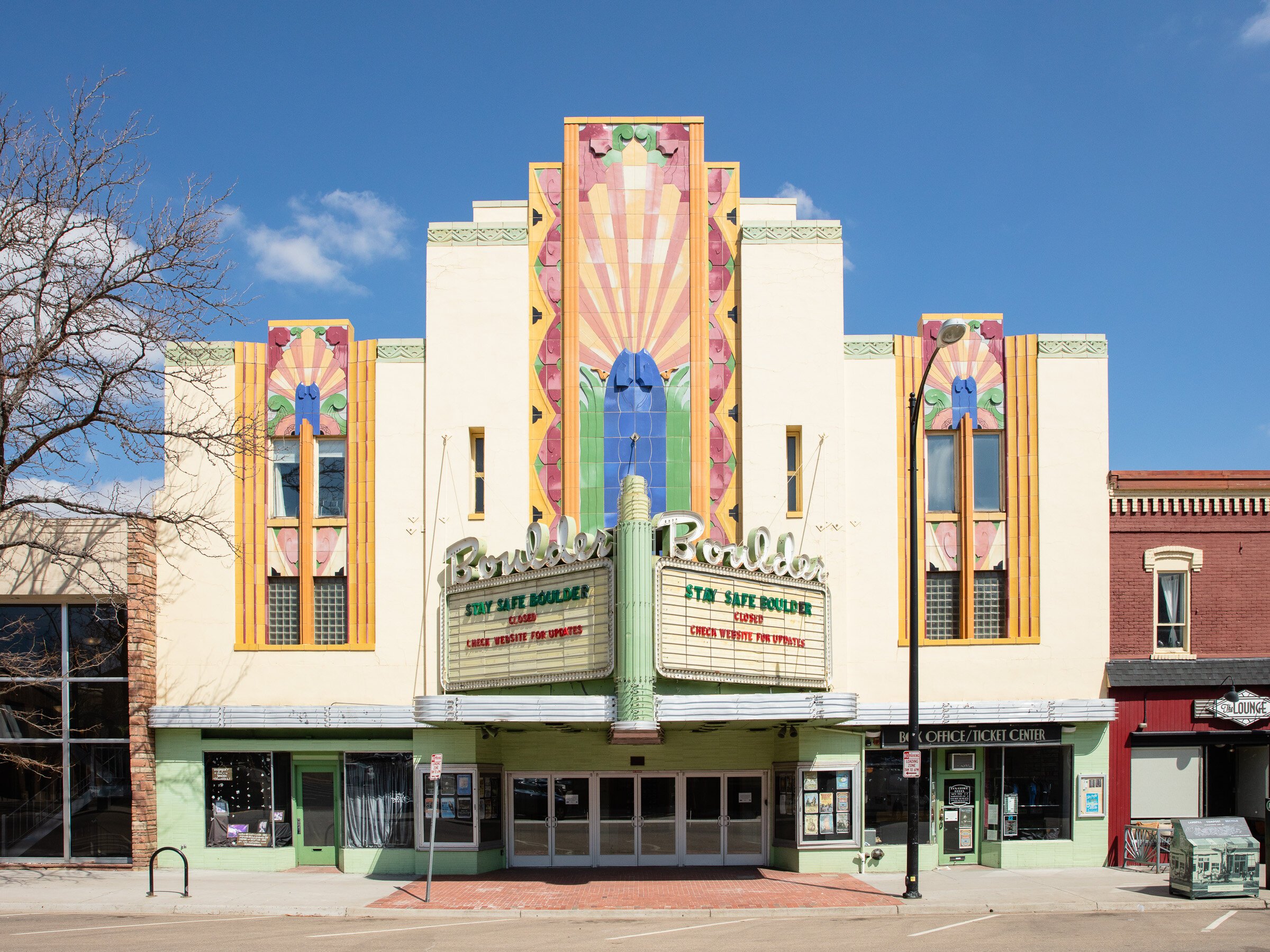
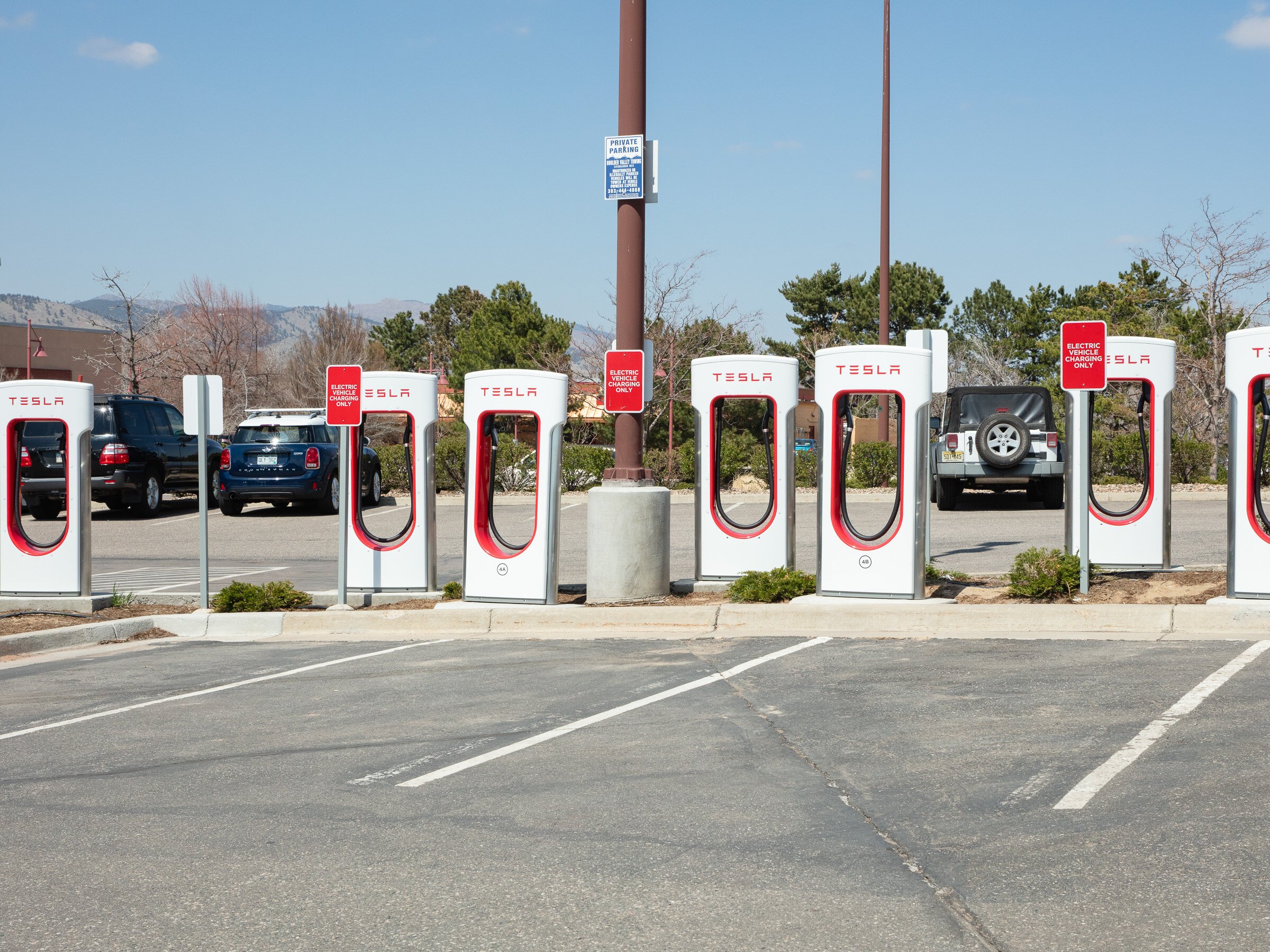
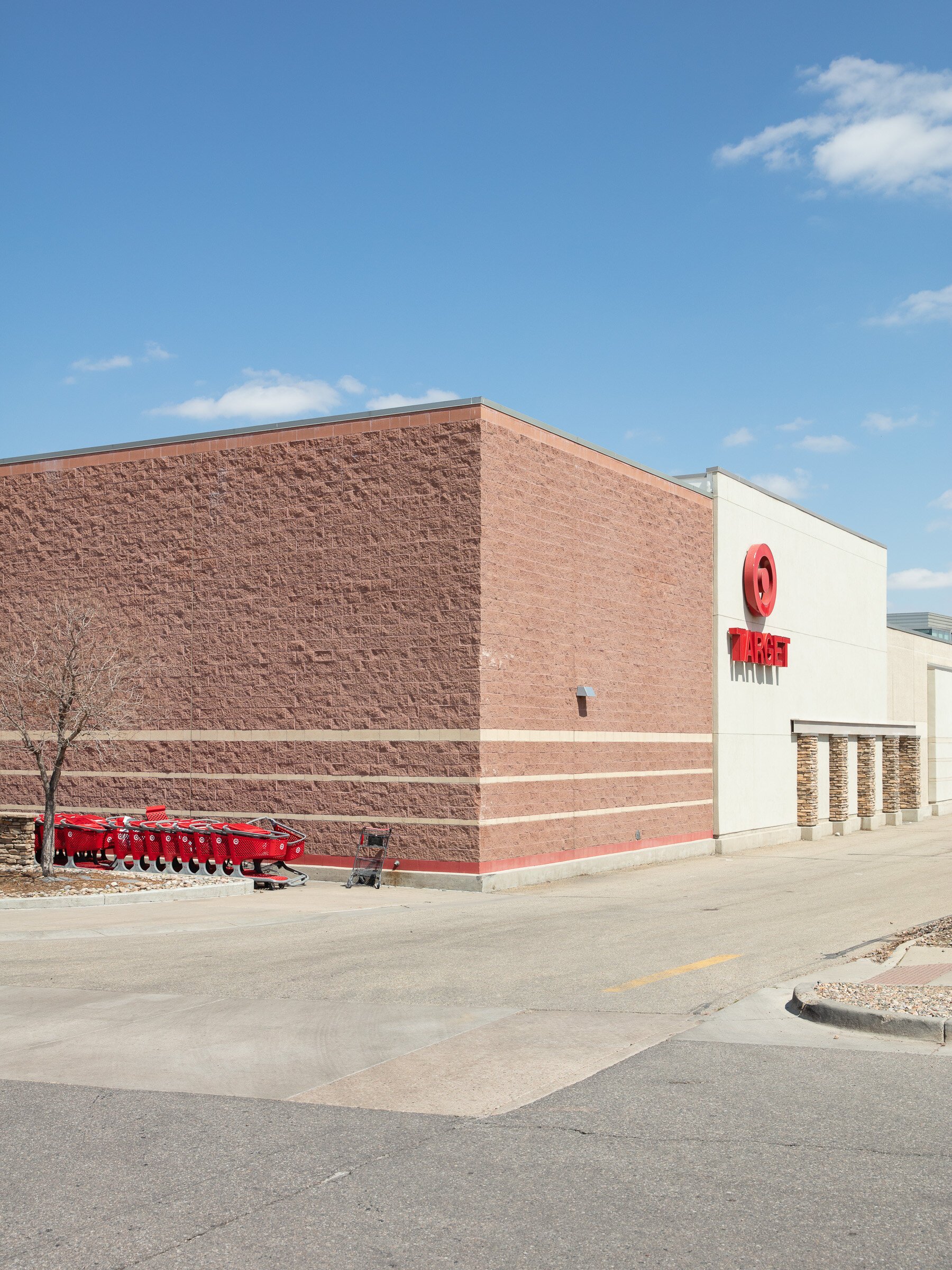


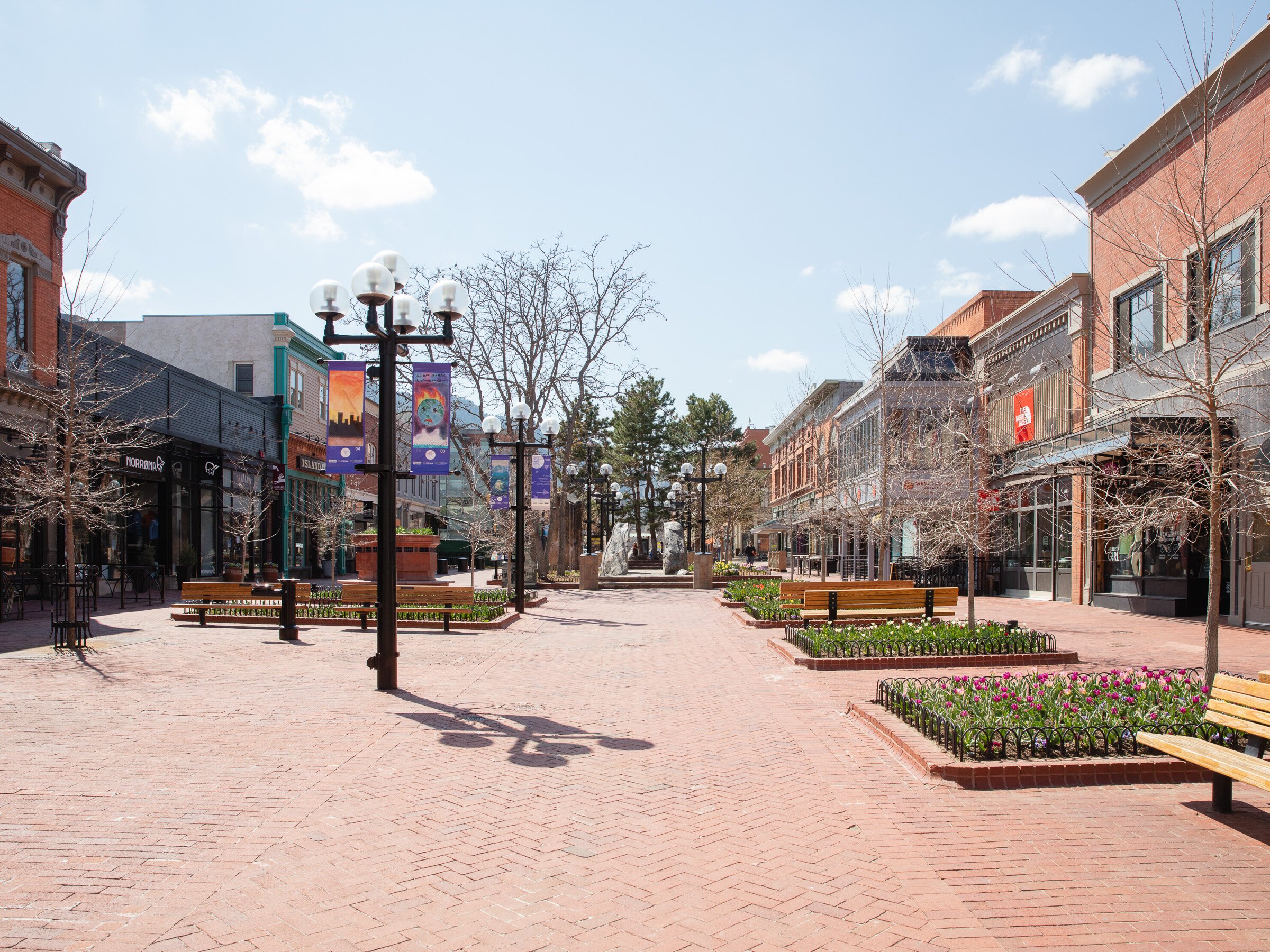
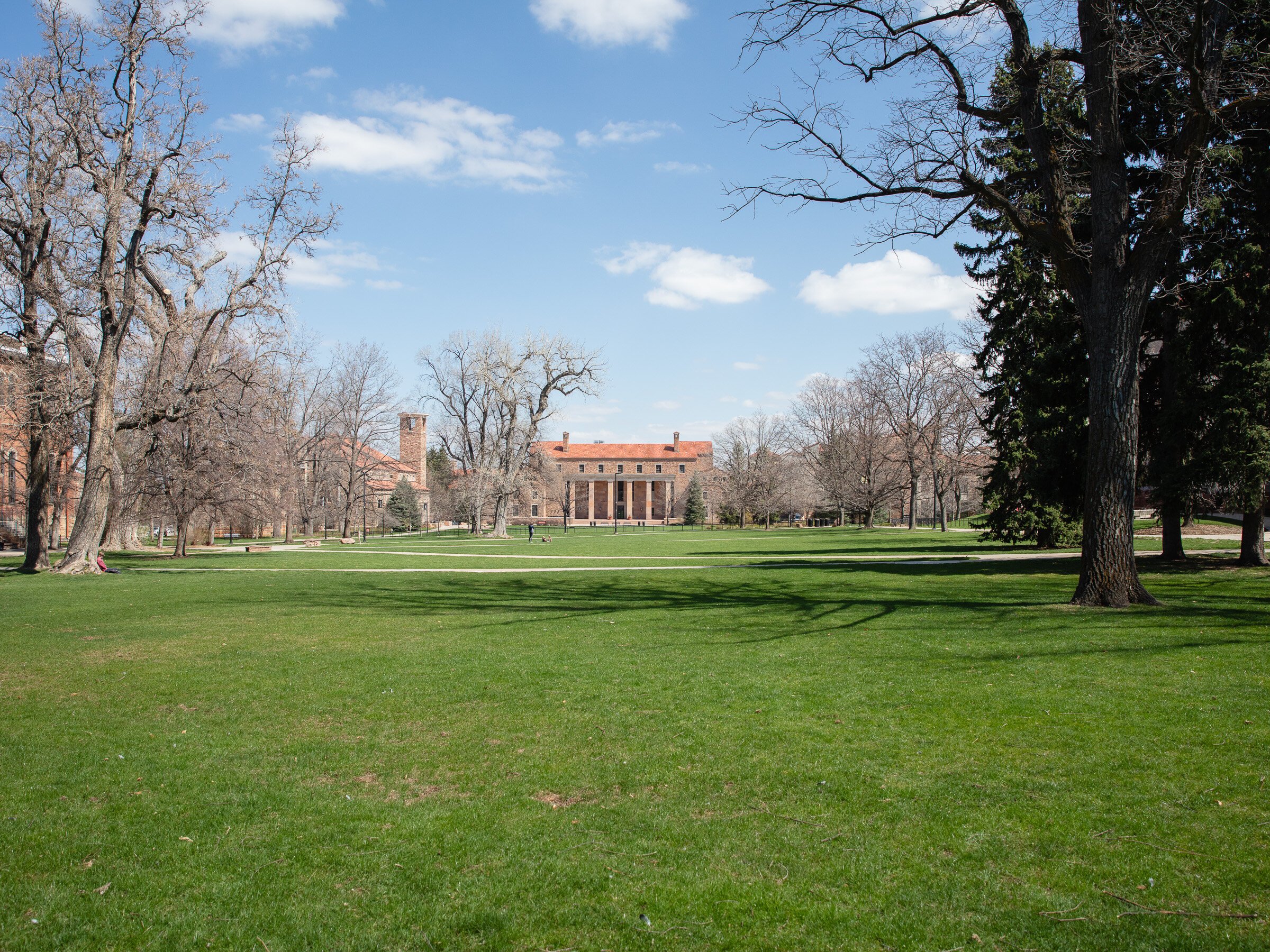
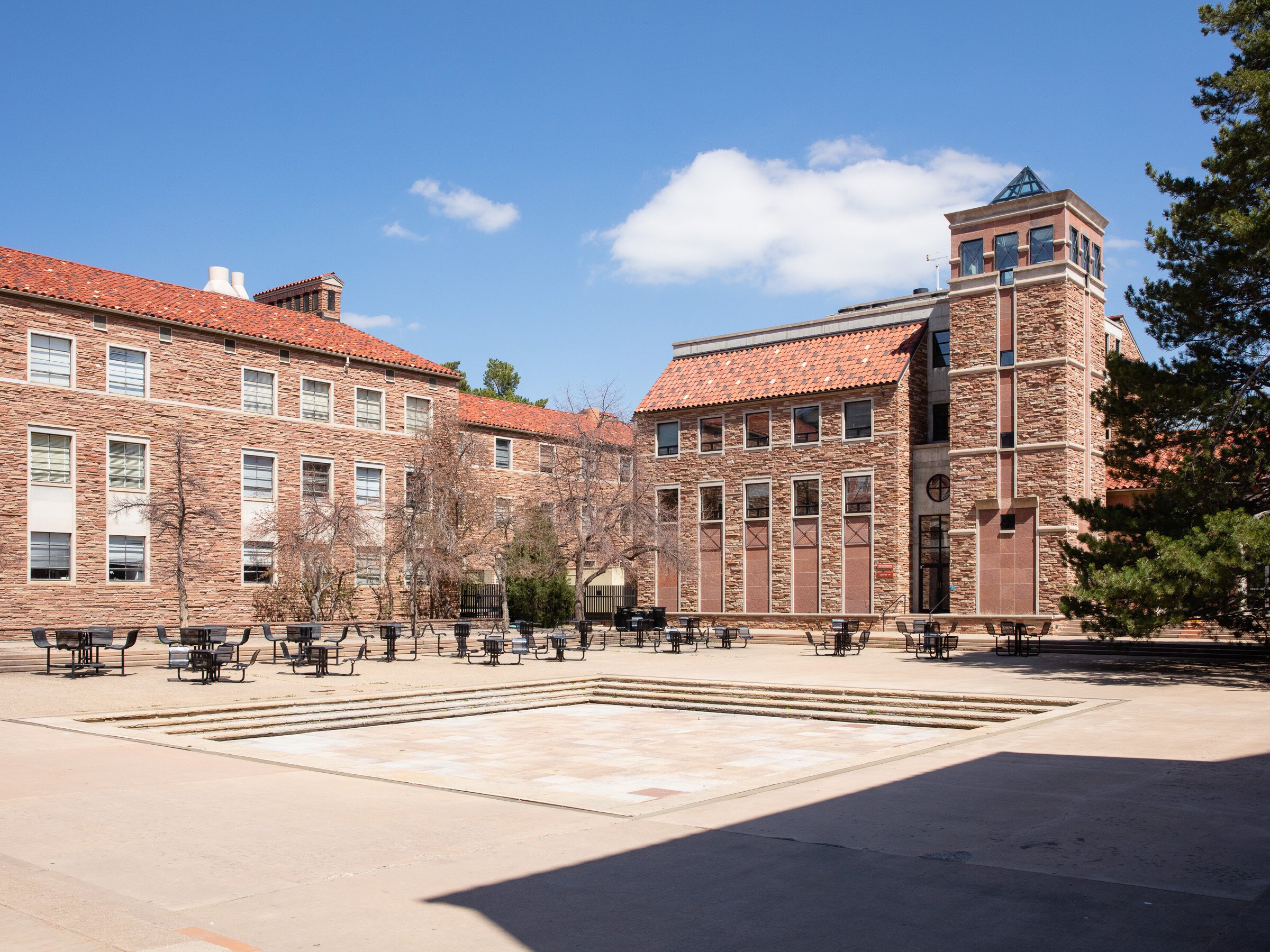
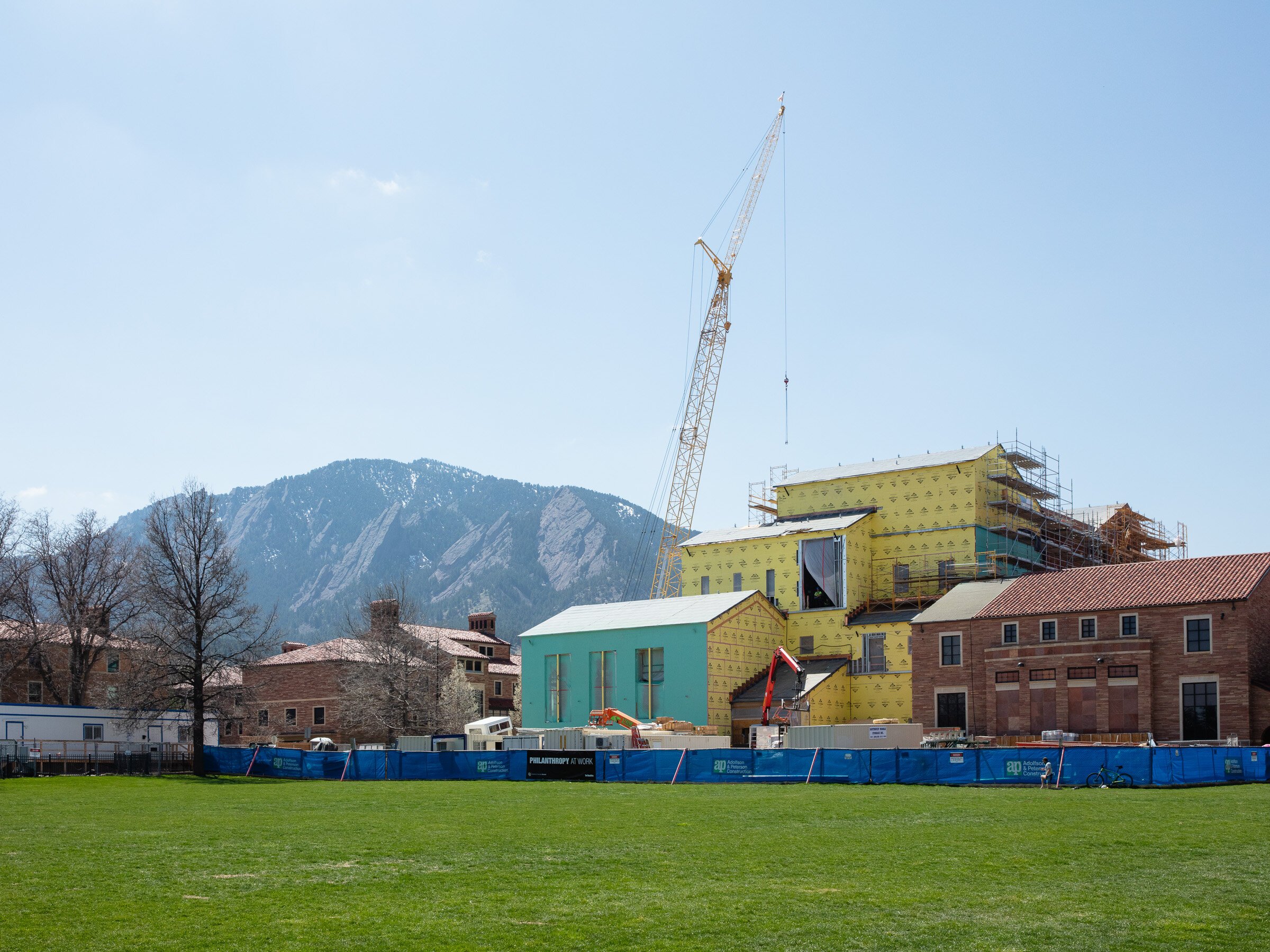

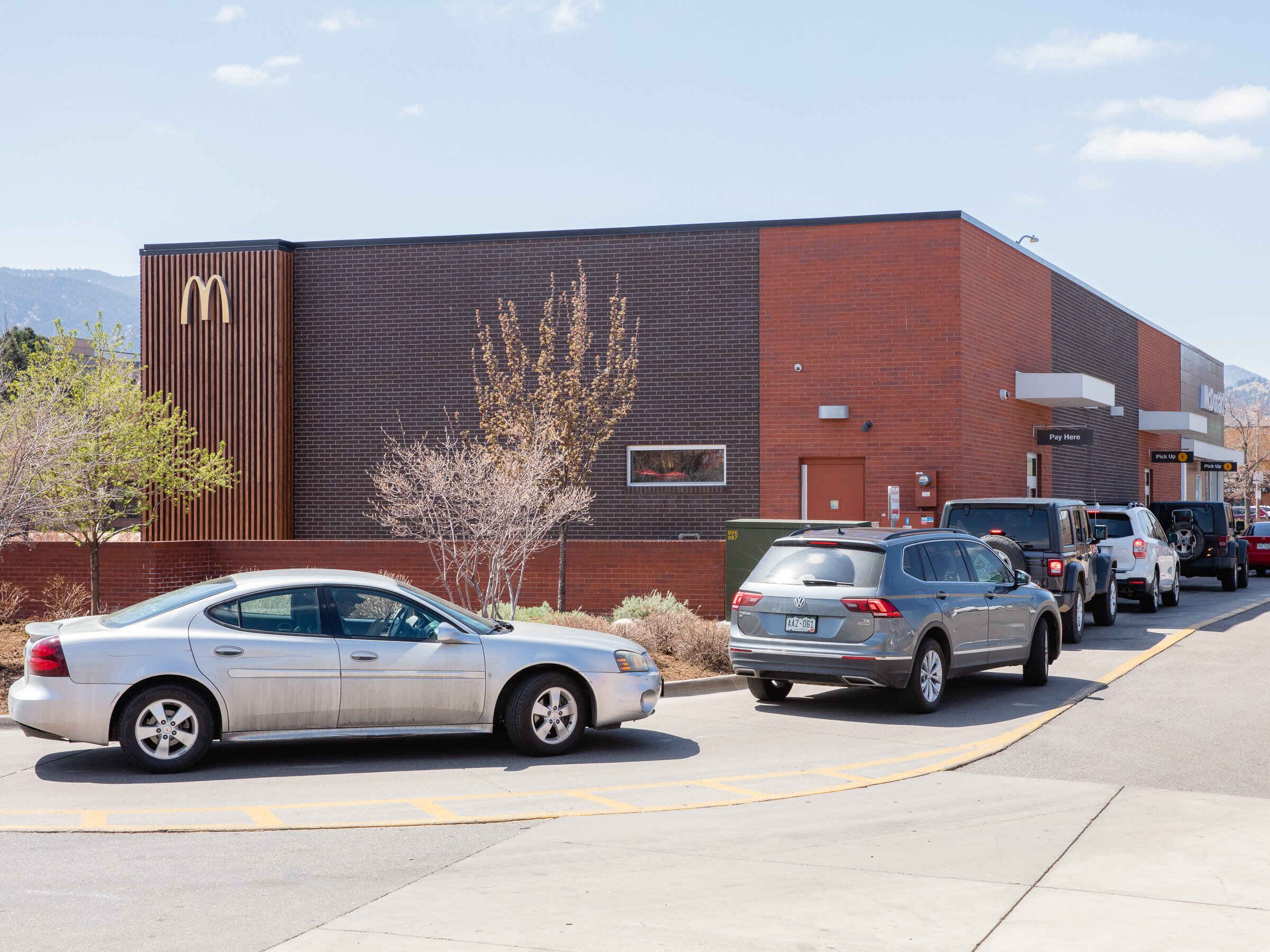
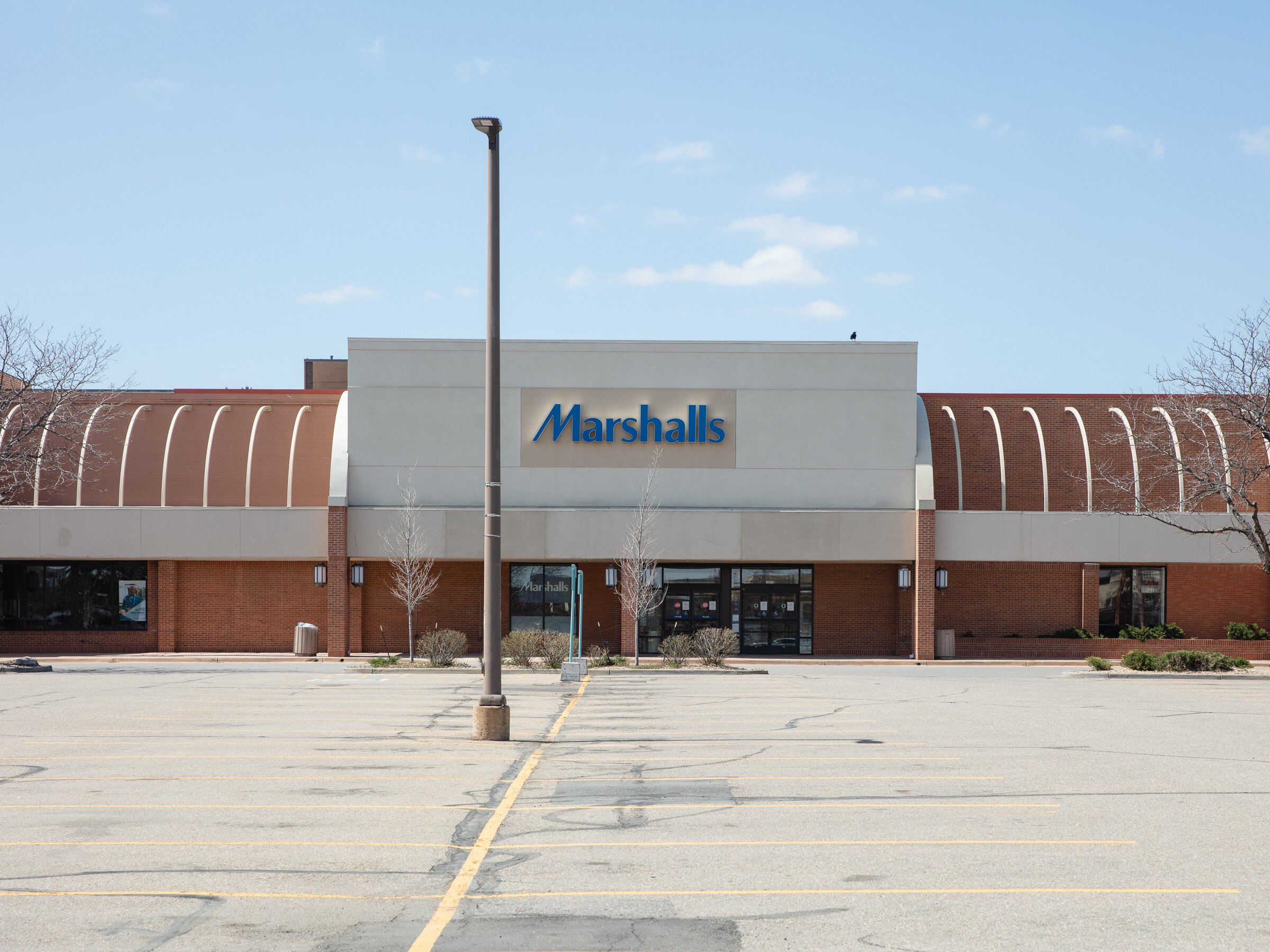
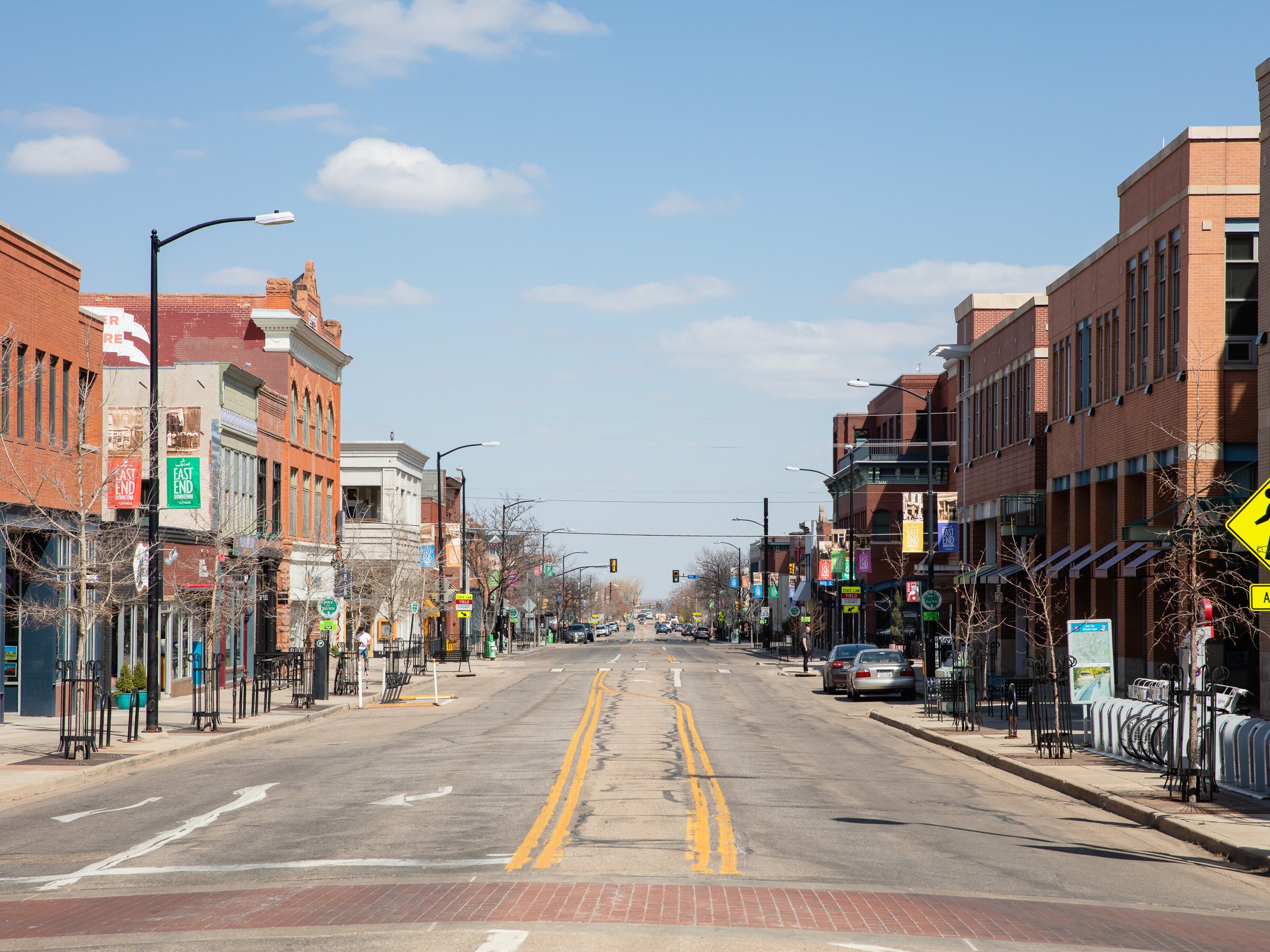

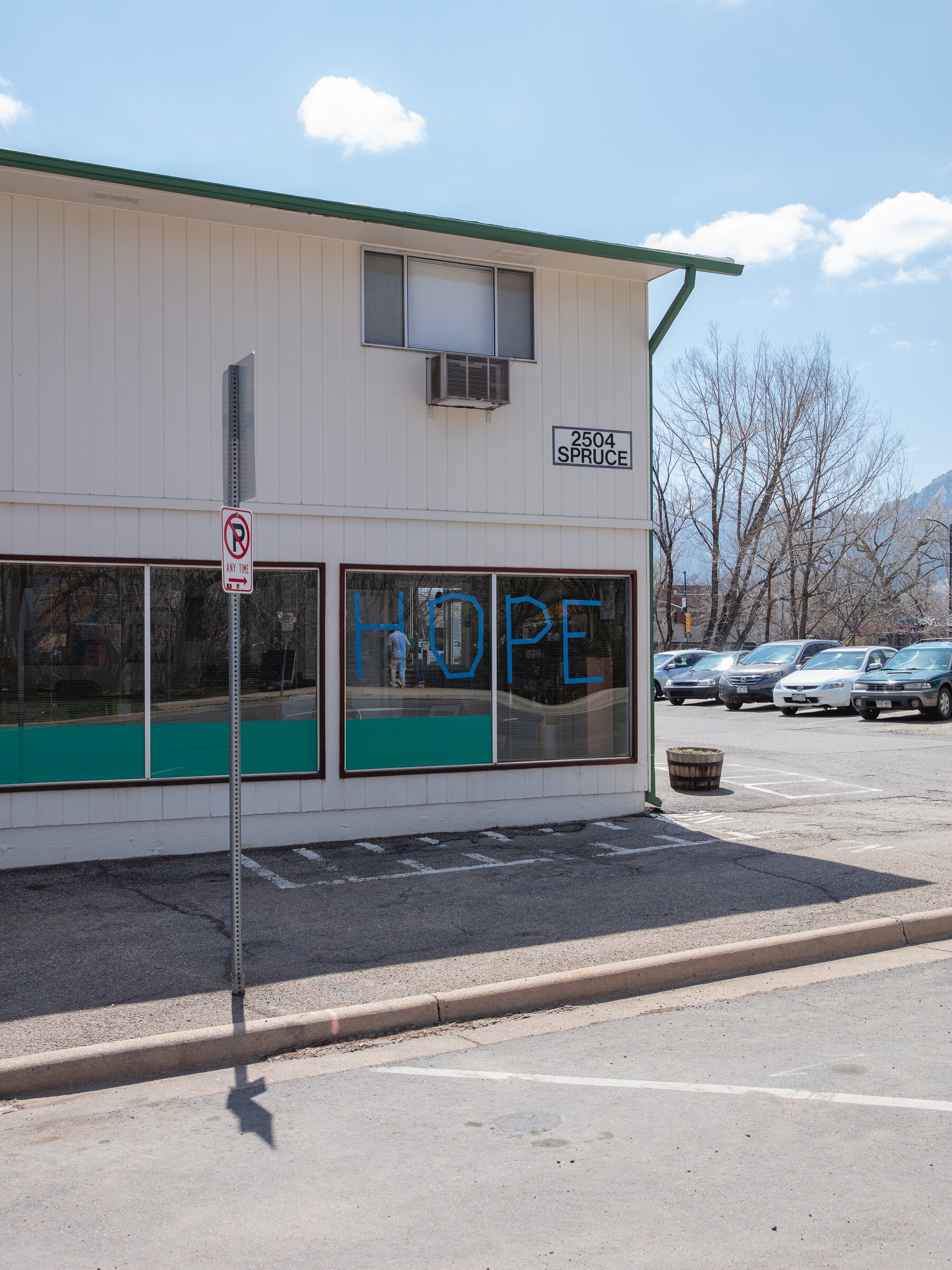
We had been on lockdown for a month. Our last day of freedom was Friday, March 13th. We went out to dinner with some friends to a local restaurant. There were paper menus, latex gloves, and about 7 other diners in a place that is normally packed with 100+ on a Friday night. it was clear that we were headed to a dark place.
I had spent much of the last month reading, listening to music, home schooling, getting my finances in order, cooking, cleaning, fixing stuff, making art, exercising, managing my news intake, and not knowing (or really caring) what day it is. They’re all the same. And it has actually been pretty nice.
So when Forbes called me with an assignment I was caught off guard. They were going to hire seven photographers in different parts of the country to document how the shutdown was affecting small businesses. They’d pay $200 per image that ran, and I certainly needed the work. I charged the dead batteries in my camera and formatted the memory card with images from last decade, put on my mask, and headed out to see what I could find. I was so far out of shooting mode that when I went to turn on my camera I actually forgot for a moment where the power switch was.
The first stop was the main shopping area for Boulder. Marshall’s and Macy’s were closed, with vast, empty lots sprawling out from their front doors, which were plastered in a bunch of hastily printed signage. The parking lot at Target was full, as was the lot at Whole Foods (really, Amazon) across the street. There was the now normal line of people at 6’ intervals waiting to get into Trader Joe’s. The line for the McDonald’s drive thru was 10 deep.
Across the street, the Village Coffee Shop, a local institution, was open but empty. The banner draped over the back of the owner’s car conveyed a sort of sad desperation. The Fox Theater and parts of the Hill were desolate and quiet. The Pearl Street Mall, normally crammed with tourists and locals alike, was a ghost town. And so many “for rent’ signs — but not for the big spaces. These are the small, older spaces that are meant for smaller businesses.
The contrast between the big companies and the small local shops was so evident. And it was hard to see companies like Target and Amazon and McDonald’s continuing to make money while the small, independent local businesses are getting killed. How much money is Amazon actually making right now — with all of us locked in our houses, having everything delivered and streamed? Global pandemics are good for companies like Amazon.
Then again, a thriving economy is also a good thing for companies like Amazon. So, if they can thrive when things are bad, and also when they’re good, where does their dominance end? When we come out of this, what options will be left for us? How many Village Coffee Shops will be forced to close, leaving us with the choice of getting our hash browns from either Mickey D’s or Whole Foods? There is a sort of business inequality factor in play that made it feel like over time the homegrown Davids will never stand a chance against the corporate Goliaths.
